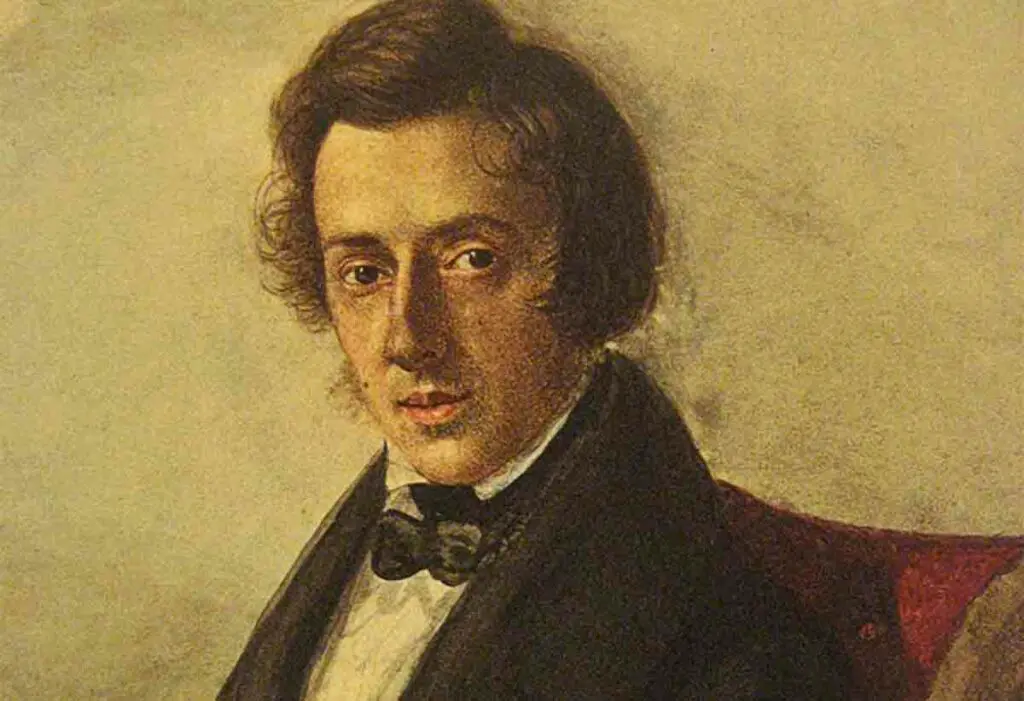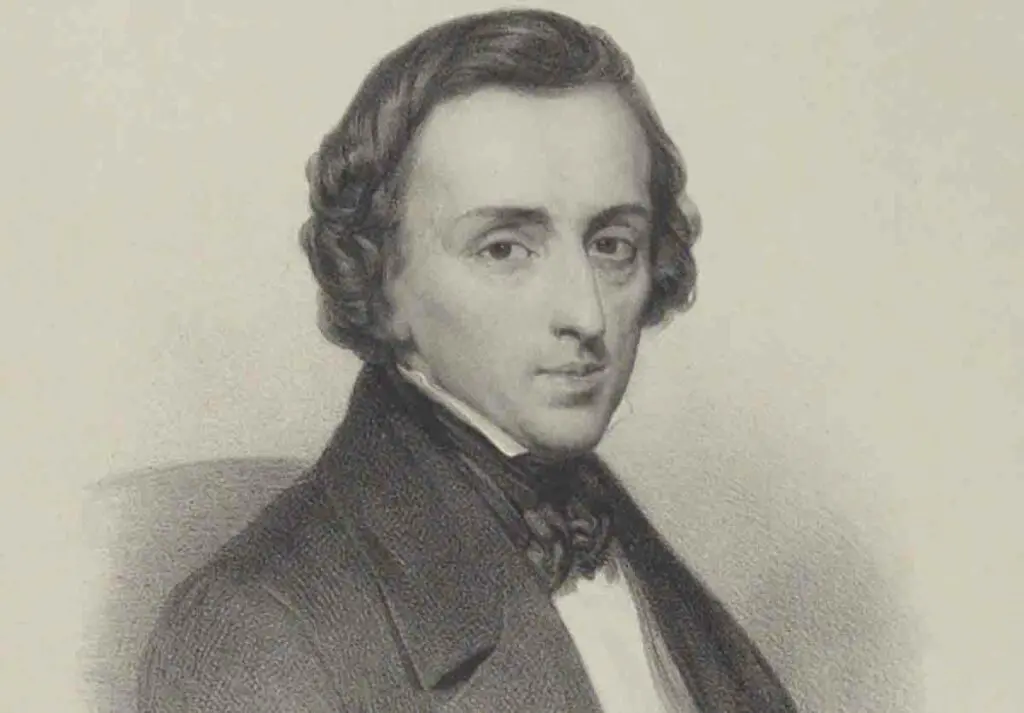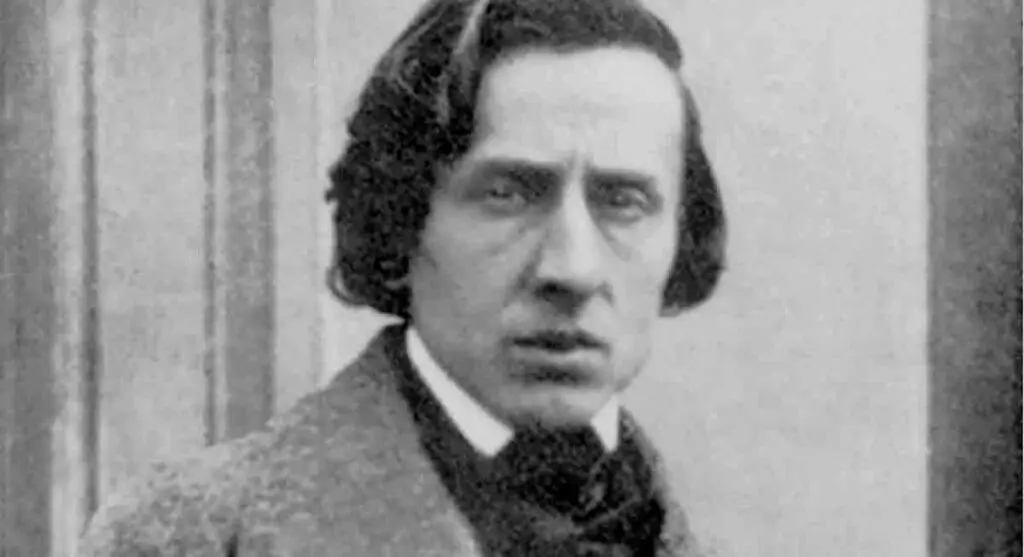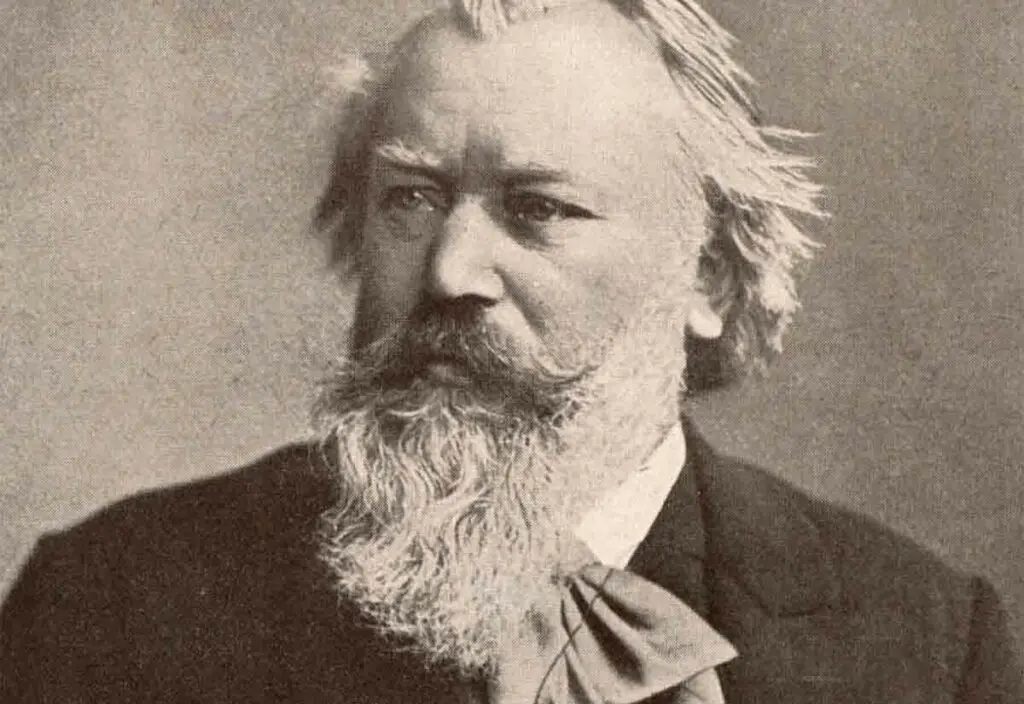The name of the famous composer and musician Fryderyk Chopin is associated with the creation of the Polish piano school. The maestro was especially “tasty” at creating romantic compositions. The composer's works are filled with love motives and passion. He managed to make a significant contribution to world musical culture.

Childhood and youth
The maestro was born back in 1810. His mother was a noblewoman by birth, and the head of the family was a teacher. Chopin spent his childhood in the small provincial town of Zhelyazova Wola (near Warsaw). He was brought up in a traditionally intelligent family.
The head of the family, together with his mother, instilled in his children a love of poetry and music. Mom was a very educated woman, she skillfully played the piano and sang. All children were interested in music. But Frederick stood out especially, who without much difficulty mastered playing the keyboard instruments.
He could sit for hours at musical instruments, picking up a recently heard melody by ear. Chopin impressed his parents with his excellent piano playing, but most of all, his mother was surprised by his son's absolute pitch. The woman was sure that her son had a bright future.
At the age of 5, little Frederick was already performing impromptu concerts. A few years later he went to study with the musician Wojciech Zhivny. Not much time passed, and Chopin became a real virtuoso pianist. He was so good at playing the piano that he surpassed adult and experienced musicians.
Soon he was tired of concerts. Chopin felt the desire to develop further. Frederik signed up for composition lessons with Józef Elsner. During this period, he traveled extensively. The musician visited European cities with one goal - to visit opera houses.
When Prince Anton Radziwill heard Frederick's wonderful playing, he took the young musician under his wing. The prince introduced him to elite circles. By the way, Chopin visited the territory of the Russian Federation. He performed before Emperor Alexander I. As a thank you, the emperor presented the musician with an expensive ring.
The creative path of the composer Fryderyk Chopin
At the age of 19, Chopin actively toured his native country. His name has become even more recognizable. The authority of the musician was strengthened. This allowed Frederick to go on his first European tour. The performances of the maestro were held with a huge full house. He was greeted and seen off with loud ovations and applause.
While in Germany, the musician learned about the suppression of the Polish uprising in Warsaw. The fact is that he was one of the comrades-in-arms of the uprising. Young Chopin was forced to stay in a foreign land. He chose colorful Paris. Here he created the first opus of sketches. The main decoration of the famous musical compositions was the famous "Revolutionary Etude".

Staying in the capital of France, he played music in the houses of sponsors. He was gladly received by dignitaries. Chopin was flattered that he was treated with respect in elite circles. For that time, not everyone could achieve such a position in society. Around the same period of time, he composed his debut piano concertos.
Then he met the brilliant composer and musician Robert Schumann. When the latter heard Chopin play, he hastened to express his opinion on his work:
"Dear, take off your hats, we have a real genius in front of us."
Fryderyk Chopin: The heyday of an artistic career
In the 1830s, the maestro's creativity flourished. He got acquainted with the brilliant compositions of Adam Mickiewicz. Under the influence of what he read, Chopin created several ballads. The musician devoted compositions to the motherland and its fate.
The ballads were filled with Polish folklore songs and dances, in which recitative cues were added. Frederick perfectly conveyed the general mood of the Polish people, but through the prism of his vision. Soon the maestro created four scherzos, waltzes, mazurkas, polonaises and nocturnes.
The waltzes that came out from the composer's pen were associated with Frederick's personal experiences. He skillfully conveyed the tragedy of love, ups and downs. But Chopin's mazurkas and polonaises are a collection of national images.
The nocturne genre performed by Chopin also underwent some changes. Before the composer, this genre could be characterized simply as a night song. In the work of Frederic, the nocturne turned into a lyrical and dramatic sketch. The maestro managed to skillfully convey the tragedy of such compositions.
Soon he presented a cycle that consisted of 24 preludes. The composer's cycle was again inspired by personal experiences. It was during this period of time that he experienced a breakup with his beloved.
Then he began to get involved in the work of Bach. Impressed by the immortal cycle of fugues and preludes, Maestro Frederic decided to create something similar. Chopin's preludes are small sketches about the personal experiences of a small person. The compositions are created in the manner of the so-called "musical diary".

The popularity of the composer is associated not only with composing and touring activities. Chopin also established himself as a teacher. Frederic was the founder of a unique technique that allows novice musicians to master piano playing at a professional level.
Details of privacy
Despite the fact that Chopin was a romantic (this is confirmed by numerous works), the maestro's personal life did not work out. He failed to experience the joys of family life. Maria Wodzińska is the first girl that Frederic fell in love with.
After the engagement between Maria and Chopin took place, the girl's parents put forward demands that the wedding take place no earlier than a year later. They wanted to make sure of the viability of the musician. As a result, the wedding ceremony did not take place. Chopin did not live up to the expectations of the head of the family.
Parting with Maria, the musician experienced very hard. For a long time he refused to believe that he would never see the girl again. Experiences influenced the work of the maestro. He created the immortal second sonata. Music lovers especially appreciated the slow part of the composition "Funeral March".
A little later, the maestro became interested in another beautiful girl, Aurora Dudevant. She preached feminism. The woman wore men's clothes, wrote novels under the pseudonym George Sand. And she assured that she was not at all interested in the family. She advocated an open relationship.
It was a vibrant love story. Young people did not advertise their relationship for a long time and preferred to appear in society alone. Surprisingly, they were even captured in the picture together, however, it was torn into two parts. Most likely, there was a quarrel between the lovers, which provoked extreme measures.
The lovers spent a lot of time at Aurora's estate in Mallorca. Humid climate, constant stress due to a showdown with a woman led to the fact that the composer was diagnosed with tuberculosis.
Many said that Aurora had a very strong influence on the maestro. She was a woman with character, so she led a man. Despite this, Chopin managed not to suppress his talent and personality.
Interesting facts about the composer Fryderyk Chopin
- Several of Frederick's early compositions have survived to this day. We are talking about the B-dur polonaise and the composition "Military March". It is noteworthy that the works were written by the composer at the age of 7.
- He loved to play in the dark and said that it was at night that he got inspiration.
- Chopin suffered from the fact that he had a narrow palm. The maestro even invented a special device that was aimed at stretching the palm. This helped to play more complex chords.
- Frederick was the favorite of women. This is due not only to the fact that he was a brilliant musician. Chopin had an attractive appearance.
- He had no children, but he adored his niece.
Fryderyk Chopin: The Last Years of His Life
After parting with George Sand, the health of the famous maestro began to deteriorate sharply. He could not come himself for a long time. Frederick was so depressed and broken that he did not want to be treated. He wanted to die. Gathering his will into a fist, the composer went on a tour of the UK. The maestro was accompanied by his student. After a series of concerts, Frederic returned to Paris and finally fell ill.
He died in mid-October 1849. The composer died of pulmonary tuberculosis. In the last days of his life, his niece and friends were by his side.
Chopin made a will in which he asked to fulfill one very strange request. He bequeathed after his death to take out his heart and bury it in his homeland, and bury his body in the French cemetery of Pere Lachaise.
In Poland, the composer's work is reveled and admired to this day. He became an idol and an idol for the Poles. Many museums and streets are named after him. In many cities of the country there are monuments depicting a brilliant maestro.



